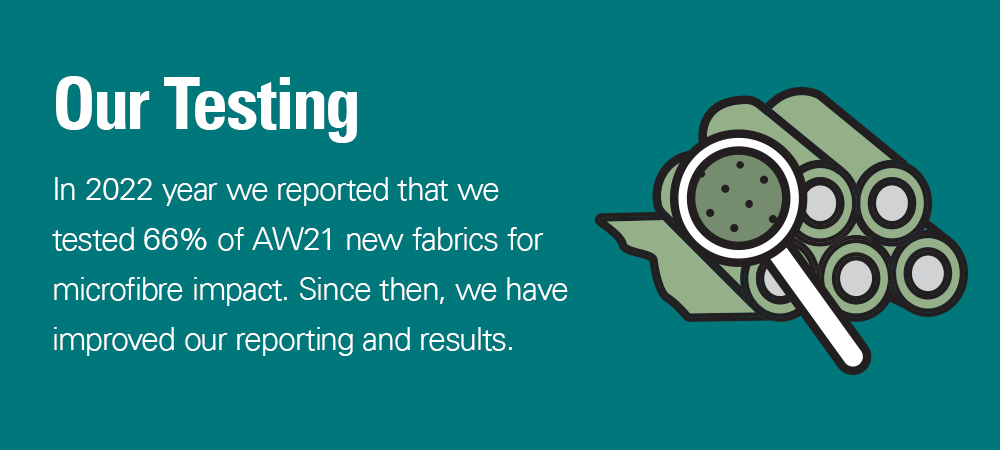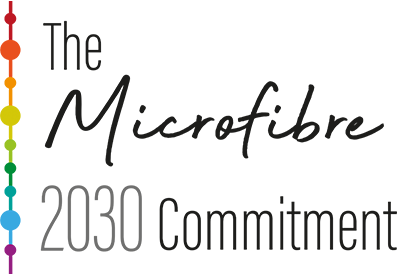

Understanding microfibres
Our materials experts are engaged with ongoing research to increase understanding of microfibres. Microfibres, or fibre shedding, is the process of fibre loss from a textile product during its life.
We know that all types of fibres have the tendency to shed to some extent - the full impact of their presence and impact on human and animal health and the environment are growing areas of research.
The Microfibre Consortium (TMC) 2030 Commitment
We are committed to The Microfibre 2030 Commitment. A roadmap for the outdoor sector to take meaningful, science-based, coordinated action on fibre shedding from textiles. By working with TMC we can contribute to anonymised testing data and collaborate with peers on research topics.
Responsible Design
Good design thinks about the end of a product’s life. How we reclaim the resources used and ensure as little as possible goes to landfill.
One way we’re doing this, is using Pertex Shield Revolve. It was first used in our Downpour Eco jacket in 2021. This is a mono-polymer fabric, made from one element – polyester. Making it easier to recycle once it’s no longer useable.


Microfibres: Our Commitment
✅ Test 100% of new midlayer fabrics from AW21 onwards
✅ Test baselayers from AW22 onwards
✅ Submit all TMC test data to the Microfibre Data Portal (a minimum of five test fabrics per year)
We are gradually swapping over to TMC test methodology from an alternative that was being used in some of our third-party verified labs.


*Using AATCC TM 212 test method and/or TMC test method
Microfibres
Our materials experts are engaged with ongoing research to increase understanding of microfibres. In 2021, we recommitted to The Microfibre 2030 Commitment (TMC). A roadmap for the outdoor sector to take meaningful, science-based, coordinated action on fibre fragmentation from natural and synthetic textiles.
We committed to testing 100% of new mid-layer fabrics from AW21 onwards at third party verified labs.
We tested 66% of new fabrics for microfibre impact.
Difficulty sourcing fabrics and shipping to the labs through COVID resulted in a lower test rate than we wanted. Going forward, we’ll refine processes so we can increase our test numbers.
From AW22 onwards, we will also test baselayers and submit all test data to the Microfibre Data Portal in line with our The Microfibre 2030 Commitment.






